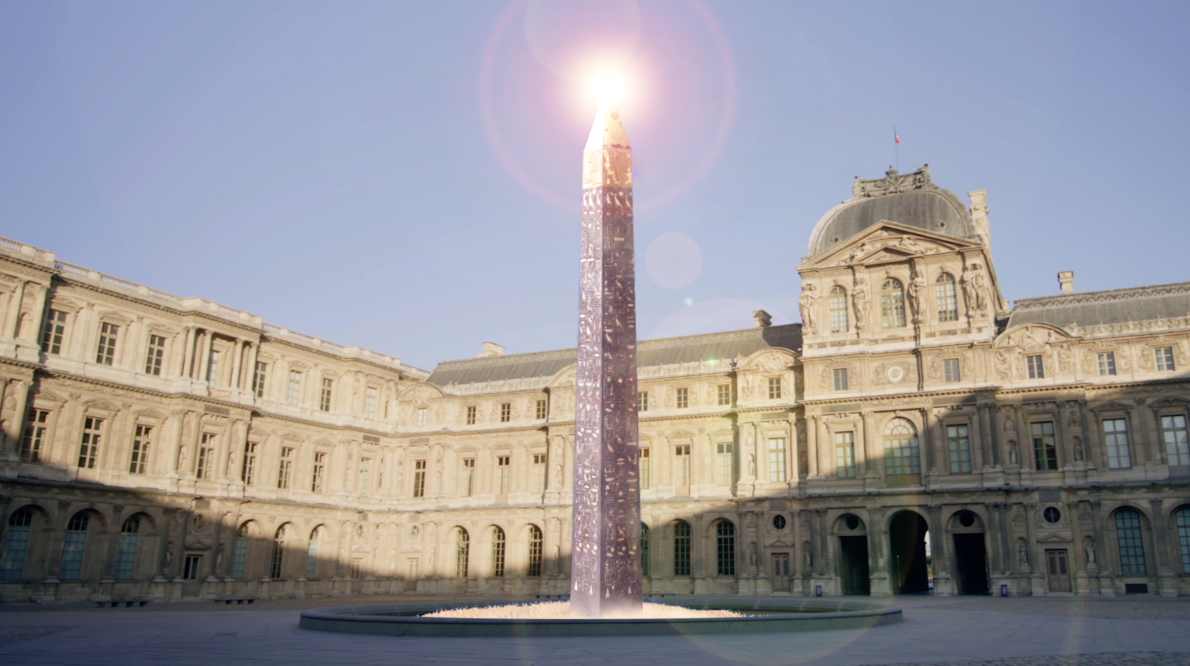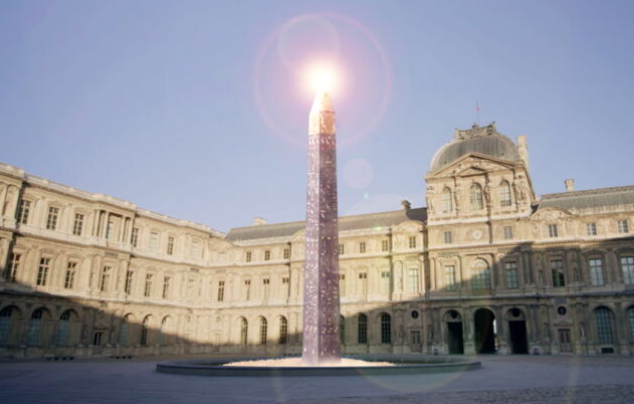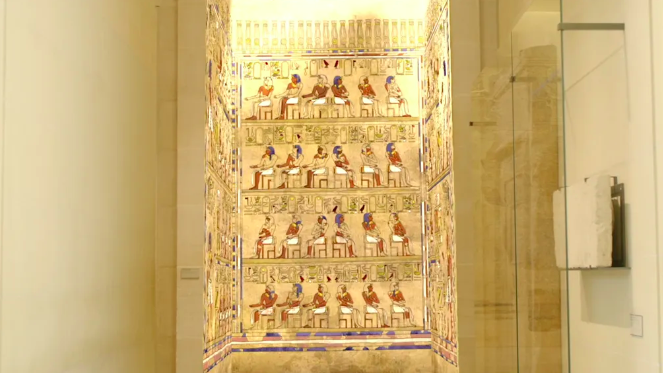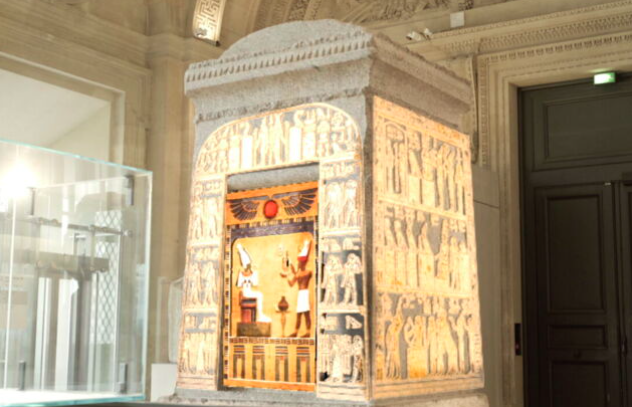
The Louvre Museum is partnering with the AR Studio of the social network Snapchat, the first augmented reality studio specializing in culture, art and education, providing a unique experience that takes a new look at the museum’s flagship works. Together, they unveil “Augmented Egypt”, an augmented reality tour placed on five works within the department of Egyptian Antiquities, directed by Vincent Rondot.
“This successful collaboration underlines the extent to which these new technologies can support the Louvre in its missions so that it remains a place where we are surprised, where we learn to see and where we transmit knowledge differently”, explains Laurence des Cars, President and Director of the Louvre Museum. Dispersed both inside and outside the former royal residence of Philippe Auguste, the monuments ruined by time bring out colors, materials and gilding from their bare stone. The five-part augmented reality experience launched October 18 and will be available for one year.

The experience begins with the Chamber of Ancestors, which is adorned with bright colors, as in the time of Pharaoh Thutmose III and his predecessors. To travel through the centuries, visitors simply scan the QR Codes which are positioned near the works and scan their surface. The experience continues with the Naos (chapel dedicated to the worship of a god) of Amasis and its bas-reliefs which come to life in the pink granite. The statue of the god Osiris returns to its original home and receives the offerings intended for it. The fun unfolds in 360 degrees, inviting visitors to take a tour of the chapel, respecting all the details. The museum experience ends with the Zodiac of Dendera, part of the ceiling of one of the chapels of Osiris, near Luxor. This architectural component where the constellations of the zodiac appear becomes visible in three dimensions and rotates on itself.

If the playful side is important, the historical accuracy is just as important. “Augmented reality brings us considerably closer to a completely forgotten, completely lost past,” says the press release. The phrase takes on its full meaning with the Obelisk of Luxor, a sculpted granite monolith, located in the Cour Carrée of the Louvre. Placed in the center of Place de la Concorde since 1836, the monument was offered to France by the Viceroy of Egypt Méhémet Ali. At the time, the 23 meter high monument had not yet found its home. The debate is accelerating between urban planners and Egyptomaniacs who lean either towards the Place de la Concorde or the Cour Carrée of the Louvre. This experience placed in the open air therefore makes it possible to change the course of history, by replacing the Obelisk where it could have been. It is even possible to translate the hieroglyphs covering its surface into French.
The experience is not only aimed at visitors to the pyramid building but at all Snapchat users. The Face Lens “Augmented Egypt-the Masks”, an exclusive filter, allows you to slip into the skin of an ancient Egyptian. Those who want to use the fun filter to the maximum will be able to share images of the resurrected monuments on the social network. And those who prefer to learn about the monuments can select “Learn more” to be automatically redirected to the museum website.

beauty beauty trends celebrities celebrity news christmas christmas movies coffee dating fall fashion fashion fashion designers fashion trends fashion week fitness hailey bieber hair trends halloween harry potter health Instagram Justin Bieber kate middleton King Charles meghan markle mental health milan fashion week movies music netflix new york city paris paris fashion week pregnancy prince harry princess diana prince william relationships royal family royals skincare street style television travel valentine's day wellness